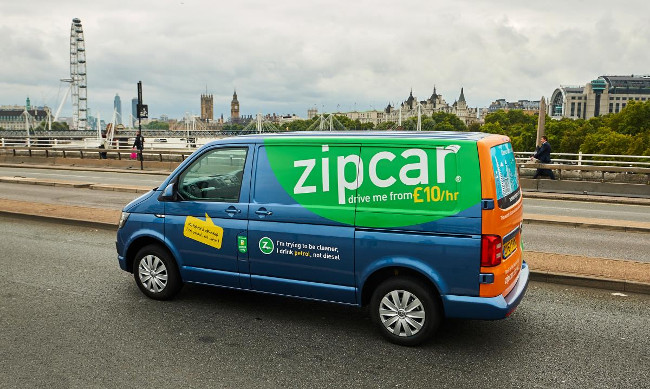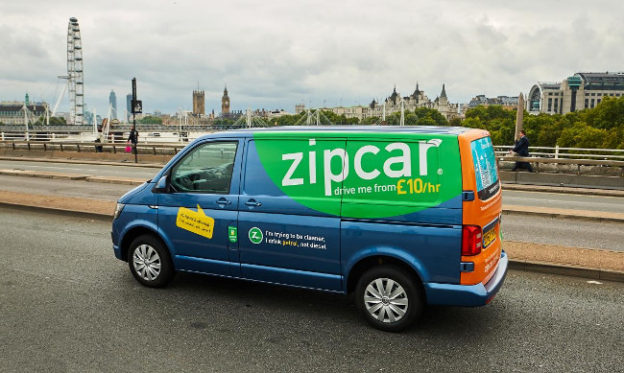
Did you know that the speed limits for a standard rental van like this one are lower than for a car?
Most drivers know the speed limits for cars, but how many occasional van drivers realise that van speed limits are lower than for cars?
With speeding fines on the up, it doesn’t pay to get caught out — ignorance is no excuse in the eye of the law.
You can find speed limits for all types of vehicle at https://www.gov.uk/speed-limits, but we’ve provided the main limits* needed for vans and pickups below.
The UK van speed limits for the majority of vans are:
- Single carriageways: 50mph
- Dual carriageways: 60mph
- Motorways: 70mph
These speed limits apply to almost all vans.
Certainly all standard ‘Transit’ type vans are covered by these limits. So are most smaller models, such as the Volkswagen Caddy/Ford Transit Connect/Citroen Berlingo.
Are there any exceptions?
Under UK law, two types of vehicle are exempt from these limits:
- Car-derived vans
- Dual-purpose vehicles
Speed limits for these vehicles are the same as for cars:
- Single carriageways: 60mph
- Dual carriageways: 70mph
- Motorways: 70mph
But how do you know if you’ve got this type of vehicle?
Car-derived vans: Very few vans qualify as car-derived vans anymore. According to gov.uk, a car-derived van must:
- Weigh no more than two tonnes (2,000kg) when fully loaded.
- Be based on a car design or built on a platform that was developed to be used for cars.
As a general rule, the only vehicles which qualify as car-derived vans are models such as the Ford Fiesta Van, Vauxhall Corsa Van, etc.
There are some other van models built on car platforms, but in many cases their maximum laden weight is more than 2,000kg, so they don’t qualify.
Dual-purpose vehicles: These fall into two main categories — pickups and crew vans (also known as kombi vans or double-cab vans).
The definition that applies to all dual-purpose vehicles is:
- They must weigh no more than 2,040kg when unladen.
- They should be designed to carry both passengers and goods
- They must have either four-wheel drive or at least one row of seats behind the driver, complete with side and rear windows.
- This is technical: the vehicle must have the correct ratio of passenger space to load area. For details on this, see the official government website.
As a general rule, most pickups and crew cabs vans qualify as dual-purpose, so they can be driven at car speed limits.
But there are a lot of grey areas here. For example, some vehicles weight more than 2,040kg when unladen. If in doubt, check your vehicle’s specification and measurements carefully. Seek advice from the DVLA if you’re unsure.
Article last updated: 2 November 2017
*Disclaimer: All information was correct to the best of our knowledge at the date shown above. But speed limits and vehicle classifications may change. Please do your own research if unsure.

